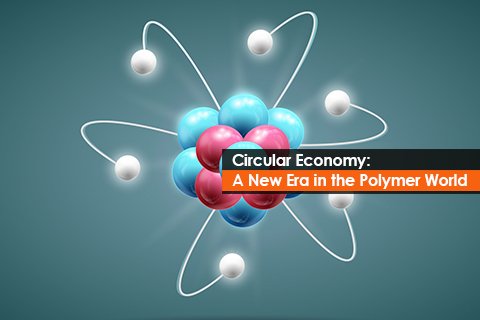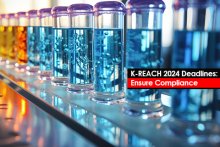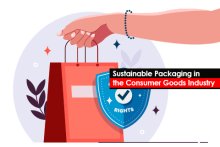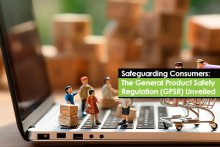Plastics are the products of human innovation, and they are stable, durable, lightweight, and most importantly, inexpensive. They are a type of polymer, composed of a chain of polymers. The life we currently live is not possible without these amazing polymers. Unfortunately, our appetite for plastic shows no sign of back-pedal. Plastic pollution has become a global concern, as our planet is drowning in plastic microplastic litter. In developed countries like the EU, it is reported that in 2018, over 80% of virgin plastic was produced and accumulated in landfills and the natural environment. This paved the way to take up actions in reducing plastic waste in the EU. The European Commission published the European Strategy for Plastics in a Circular Economy (2018), which aims to protect the environment, reduce the pollution caused by plastics and transform the design, production, consumption, and recycling of plastics in Europe.
Chemical recycling is used for processing wastes, including concrete and biomass. The technologies of chemical recycling have attracted industrial sectors and scientists. Firstly, because of the rapid increase in waste generation and environmental pollution, and secondly, due to the exhaustion of natural resources that dramatically affect the future of humankind. Hence, to tackle this challenge, a “Circular Economy” was developed, which follows a ‘closed-loop’ system to reduce consumption of natural resources and safe and continuous use of materials and products with less waste.
In March 2020, the European Commission launched the Circular Economic Action Plan (CEAP) to help accelerate the transformational change required by the European Green Deal. The plan offers several interrelated initiatives to establish a coherent and robust product policy framework that will help sustainable products, services, and business models to become the norm and transform the current consumption patterns so that no waste is produced in the first place. The proposed measures for plastics in the CEAP mainly cover waste reduction and uptake of recycled waste, focusing on the most significant streams of plastic waste – packaging, construction materials, and end-of-life vehicles. The objectives and targets relevant to the recycling of plastic waste were provided in several EU policy documents: the Waste Framework Directive (WFD) 2008/98/EC, Packaging and Packaging Waste Directive 94/62/EC (PPWD), and End-of-Life Vehicle Directive 2000/53/EC (ELVD).
A survey related to post-consumer plastic waste revealed that around 61% of the waste is attributed to packaging. Choosing a type of chemical recycling mainly depends on the output of the plastic. i.e., Plastic-to-Plastic (P2P) and Plastic-to-Fuel (P2F). The main contribution to the circular economy is P2P chemical recycling products. P2F products are much less desirable as they do not result in recyclable resources. In the EU, waste recycling is subject to various regulations. In turn, the role of recycling is two-fold: it is a means for achieving both the circular economy goals and efficient waste management. Historically, the EU policies on waste and chemicals management did not contain the circular economy dimension and were mainly oriented towards creating a non-toxic environment and efficient waste management.
The European Commission (EC) recognized the need to consolidate the circular economy and waste management objectives and develop effective means for their implementation in communication on the circular economy package options to address the interface between chemical, product, and waste legislation.
The EU’s strategy for plastic takes us one step closer to sustainably tackling the global plastics crisis. With this sustainable approach, the EU aims to achieve the recyclable target of 50% by 2025 and 55% by 2030.
Freyr, a global Regulatory solutions company, provides services in maintaining the compliance of packaging material of food, cosmetics, and consumer products. Apart from the requirements and Regulatory updates, Freyr also supports voluntary certification and standards for packaging material. Contact us today for Regulatory packaging services in the EU.





